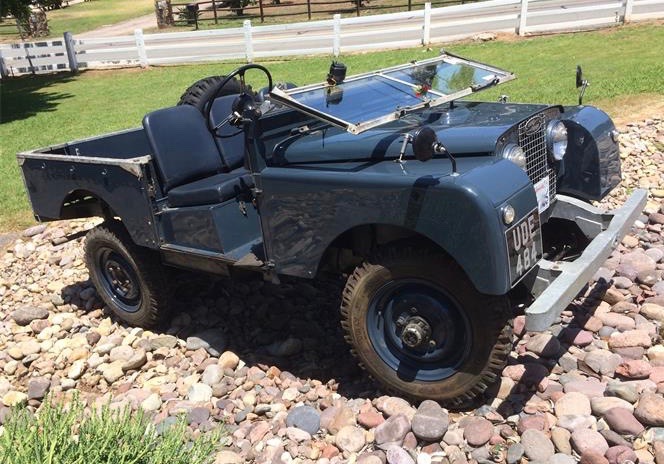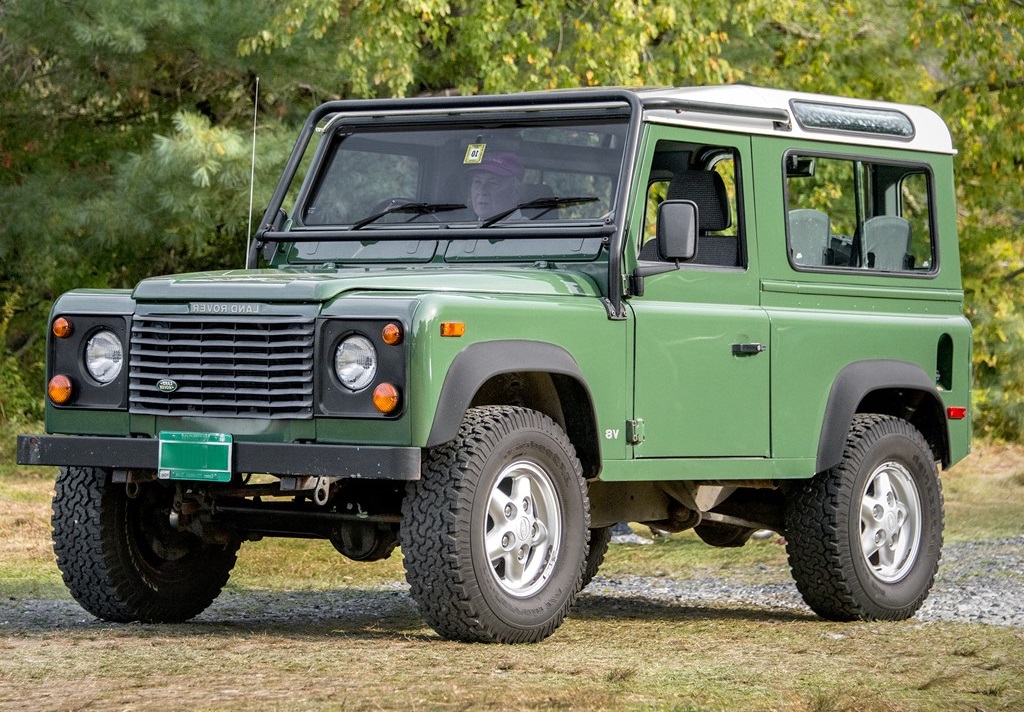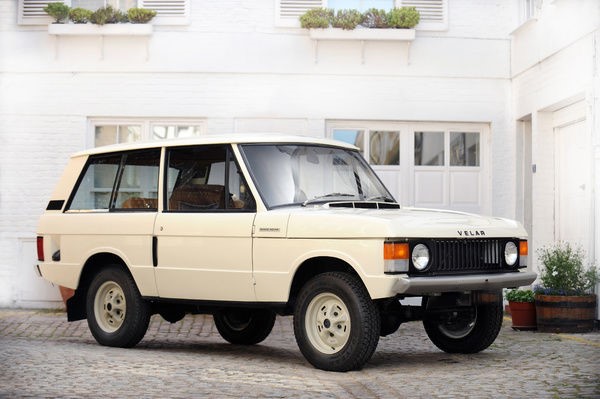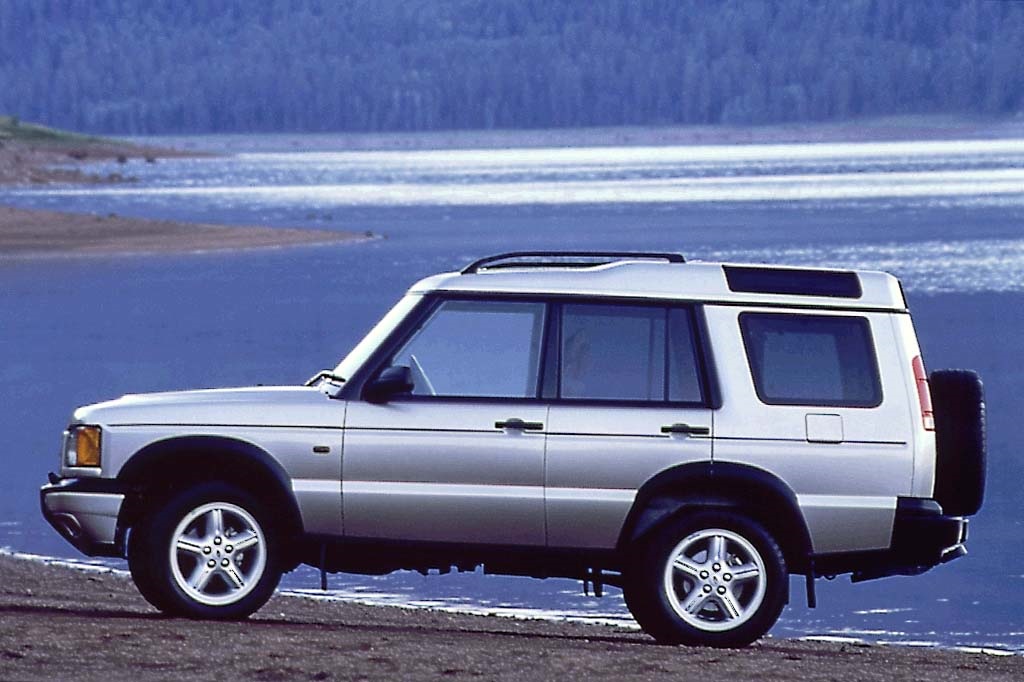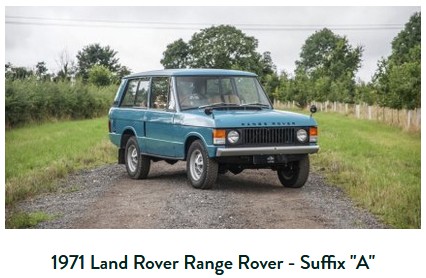What You Need to Know Before Starting a Land Rover Restoration Project

If you’re thinking about starting a Land Rover restoration project, you have many choices. You can choose a Land Rover Classic in any of the series, Land Rover Defender, Discovery II or even a Range Rover. These vehicles are appreciating in value daily as they age, especially the models that are harder to find such as the series I, so starting planning a Land Rover restoration can make financial sense but you have to follow the same rules for buying an older car as you would for a new one. Here are some things to keep in mind before you start.
Land Rovers are classic British cars
Land Rovers have been built since 1948, which makes them one of the oldest vehicles in automotive history. In its early years, the Land Rover was a British version of Jeep. It was a rugged, basic vehicle that could go anywhere. The Land Rover stayed primarily basic until the 1970s, when the company developed the Range Rover. These models featured permanent all-wheel drive and coil springs. A range of other features were added over the years, such as the optional four-wheel drive.
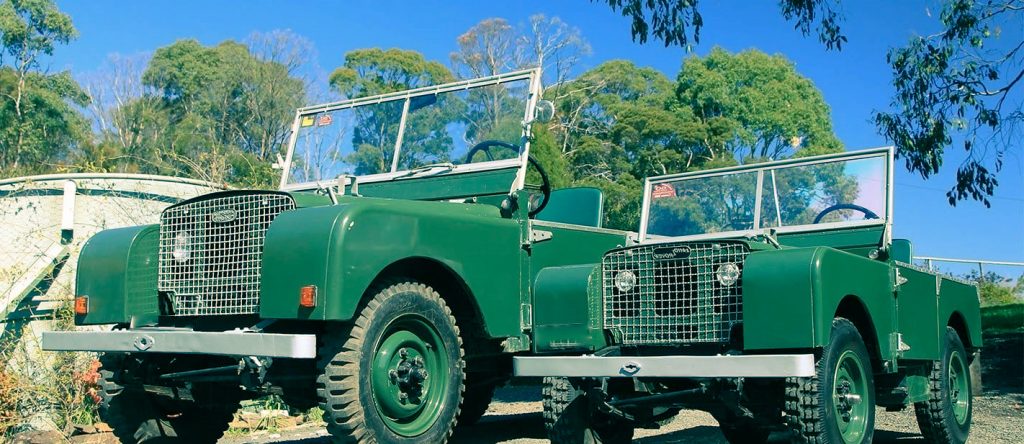
A Land Rover is an iconic car that is easily recognizable by its robust design. Designed originally for military purposes, Land Rovers were often fitted with specialized bodies. They were designed for cross-country terrain, and some variants even had fire engines and ambulances. They are still used today for military use, and they have a distinctive radiator grill and round front flood lights. Whether you’re thinking of shopping for a classic Land Rover that requires minimal efforts for restoration or going for a full restore and rebuild the first step is to find the vehicle you are after and seeing if it fits your budget.
Budget for your car restoration project
When it comes to budgeting for your car restoration project, there are a few key things to keep in mind. First, you’ll need to factor in the cost of purchasing the car you want to restore and the costs of interstate car transport if the car you want to purchase is located in another state. Do some research on the price of Land Rover spare parts, the availability and how to source these products. This can be one of the most expensive aspects of the entire project, so it’s important to set aside enough money to cover this expense. Additionally, you’ll need to budget for the cost of labor, this also is one of the higher expenses when it comes to any restoration project. Perhaps you have the know-how, expertise and skills capable of some the labor work required, but most people don’t, so in this case it is a good idea to utilize a car restoration company and factor this into your overall budget.
Consider available time and energy
Planning a Land Rover restoration project should begin with a thorough parts catalogue. A detailed parts catalogue will help you order the parts you need and reduce the chances of ordering the wrong one. You will also want to consider the timing of the project and how it will affect the lives of your family and your neighbours. If you don’t have time for the entire project, it can be done in stages. Once a part of the vehicle is ready for installation, the rest can be completed as a separate task.
You will also need a plan to keep track of your progress. A Land Rover restoration project takes time, so it’s crucial to plan accordingly. You can outsource to a car restoration company if you don’t have enough time to tackle the project alone. If you do decide to undertake this restoration project, ensure you have ample space, have a good collection of automotive tools and have all the parts you need.
They are popular with enthusiasts
While many Land Rover restoration projects are aimed at preserving a classic model, there are also some modern ones that show off the latest technology and design. For example, factory doors are now equipped with smart technology while maintaining the rugged character of the vehicle. These projects are popular with enthusiasts because they allow them to take their cars to a new level of sophistication without sacrificing their classic appeal. The interiors of these vehicles are also restored to like-new condition. When planning a Land Rover restoration project, it is important to know where you can get help. There are plenty of online forums, automotive groups and classic car communities who are open to share their experience and expertise. Restoring a Land Rover will come with many challenges and there are bound to be someone else the in the classic car community who has been there before.
Land Rovers are difficult to restore
Restoring a Land Rover can be a difficult process and the entire process can be time consuming and very labor-intensive. Before starting embarking on a project, the first thing to look for in a Land Rover restoration is completeness. Many parts can be difficult to find or assemble correctly. Also, don’t choose a Land Rover without any manuals or instructions. The parts themselves are difficult to source and can become damaged. It’s also possible that someone has assembled the vehicle incorrectly, making it impossible to restore. Keep an open mind that restoring Land Rovers can be challenging but the reward at every progress you make to bring a Land Rover back to its former glory.

